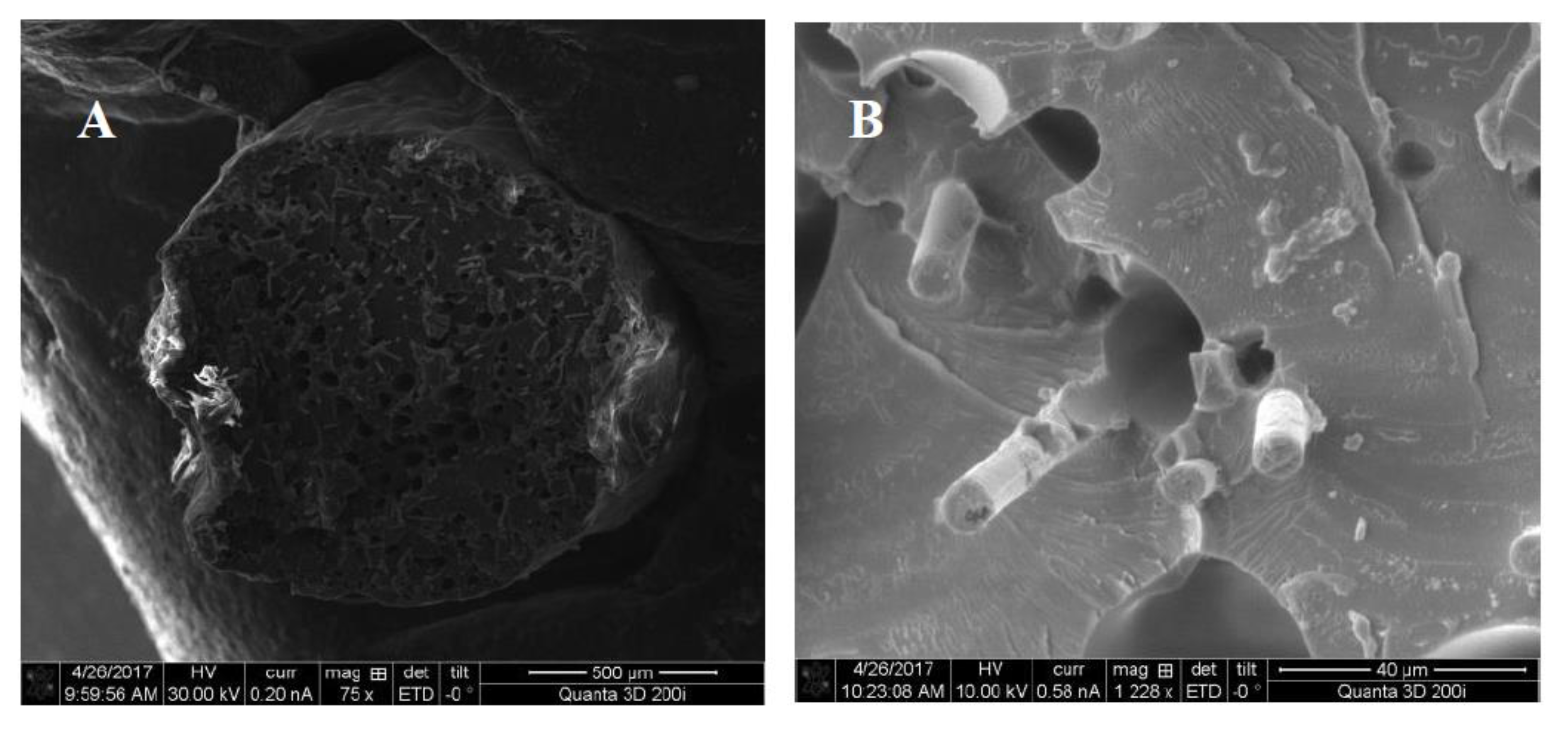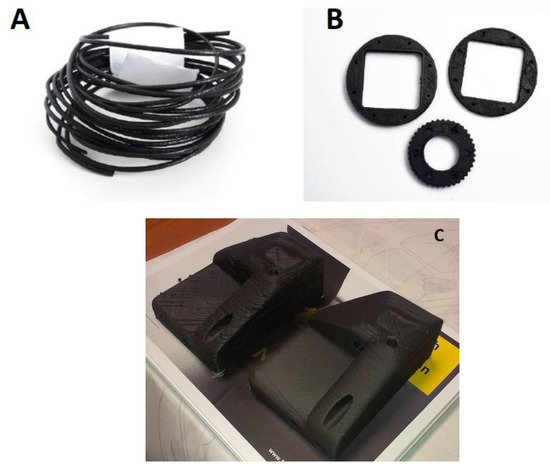Researchers from Slovakia are exploring the use of new, more affordable materials in 3D printing, releasing their findings in the recently published ‘Novel Hybrid PETG Composites for 3D Printing.’
Additive manufacturing and 3D printing open up infinite options for users—from the makers and the hackers to designers, architects, engineers, and industrial users who may need specific materials with specific mechanical properties for varying innovations. In this study, the authors prepare a new hybrid polymer composite made up of expanded graphite, carbon fibers, and ‘combinations thereof’ in ratios up to ten percent.
Taking us back to the beginnings of 3D printing via Chuck Hull, the authors explain that as 3D printing has become much more accessible and affordable, researchers have countless options in software, hardware, and materials. And although acrylonitrile butadiene styrene (ABS) and polylactic acid (PLA) are most popular, along with fused filament fabrication (FFF), today a wide variety of alternatives are available. This includes composites, which continue to increase in popularity as additives enhance polymers and other materials.
For this study, the researchers developed a glycol-modified PET copolymer:
“Poly(-ethylene glycol-co-1,4-cyclohexanedimethanol terephthalate) (PETG) is synthesized by partially replacing the ethylene glycol (EtGly) units of PET with 1,4-cyclohexanedimethanol (CHDM) units,” explained the researchers. “The PETG copolymer is amorphous when the CHDM content is in the range of 32%–62%.”
Mechanical properties are similar to PET, but also with the following:
- Tensile toughness that is noticeable
- Transparency
- Flexibility
- High processability
- Excellent chemical resistance
The research team was mainly interested in developing a composite that could be used in FFF 3D printing, replacing virgin polymers with the same quality but better affordability.
23 samples were prepared overall, with 19 of them made out of virgin PETG and the others out of recycled PETG. Two centers had no additive, acting as controls. Other composites consisted of expanded graphite (EG), carbon fibers (CFs), and both EG and CF mixed. Sample CF’s were ‘chopped’ into 2 mm lengths.
Dog bone samples measuring 115 × 19 × 2 mm were created from the slabs, with each part made on a Quadron 1001 FFF 3D printer.
The researchers found all of the composites to be good for FFF 3D printing, displaying ‘excellent processing properties’ for 3D printing—with the exception of the AG-10 materials which was so brittle that it broke during the printing process, attributed to poor mechanical properties and dispersion of filler, in comparison to the other composites.

SEM micrograph of cross-section filament–virgin PETG composite containing 5 wt.% of the expanded graphite.

SEM micrograph of the fracture surface of the prepared AF-5 composite material. (A) shows the cross-section of the entire string at 75 magnification, and (B) shows a fracture area at 1228× magnification.
“The prints are extremely strong, the layers adhere firmly, and the overall strength of the products is extraordinary. The individual layers adhere perfectly. It enables large product printing as well as several-day continuous 3D printing compared to competing materials. The resulting products look more beautiful, which improves subsequent work with products and saves time,” concluded the researchers.

(A) Prepared PETG composite filament, (B) 3D printed component, (C) 3D printed large printer pad, left—from commercial CF/PETG filament, right—hybrid filament from recycled PETG.
“Adding EG [expanded graphite] resulted in enhancement of mechanical properties and increasing density. Composite materials containing CFs and CF/EG also enhanced mechanical properties but decreased density. Addition of the carbon fillers has minimal influence on the thermal properties of the material; however, the presence of CF in composites has a significantly lower thermal expansion coefficient. Replacing virgin PETG with recycled PETG does not significantly change the properties of the filament, just causes a price reduction.”
What do you think of this news? Let us know your thoughts! Join the discussion of this and other 3D printing topics at 3DPrintBoard.com.
[Source / Images: ‘Novel Hybrid PETG Composites for 3D Printing’]Subscribe to Our Email Newsletter
Stay up-to-date on all the latest news from the 3D printing industry and receive information and offers from third party vendors.
You May Also Like
3D Printing News Unpeeled: A $3000 SLS System, Construction Subsidies and Parameters
The Housing Affordability Crisis is one of Canadian President Trudeau’s biggest issues. Now the government has made subsidies available, including scaling new technologies, 3D printed housing and libraries of reapproved...
“Bundled Light” Enables High Quality Plastic 3D Printing from LEAM
Naturally, we expect current 3D printing methods to continuously improve, but it continues to do so in the most surprising ways. The latest development comes from LEAM, a startup spun...
Each to Their Own: Exploring Creality’s Latest Ender Trio as the Company Strengthens Its Commitment to 3D Printing Advocacy
Creality has reaffirmed its commitment to promoting 3D printing. The launch of the Ender-3 V3 SE, Ender-3 V3 KE, and Ender-3 V3 showcases the company’s dedication to catering to diverse...
3D Printing News Briefs, March 23, 2024: AM in the US Coast Guard, Navy, & More
In today’s 3D Printing News Briefs, we’re discussing the use of 3D printing in various branches of the military, including the U.S. Coast Guard, the U.S. Navy, and the German...


































